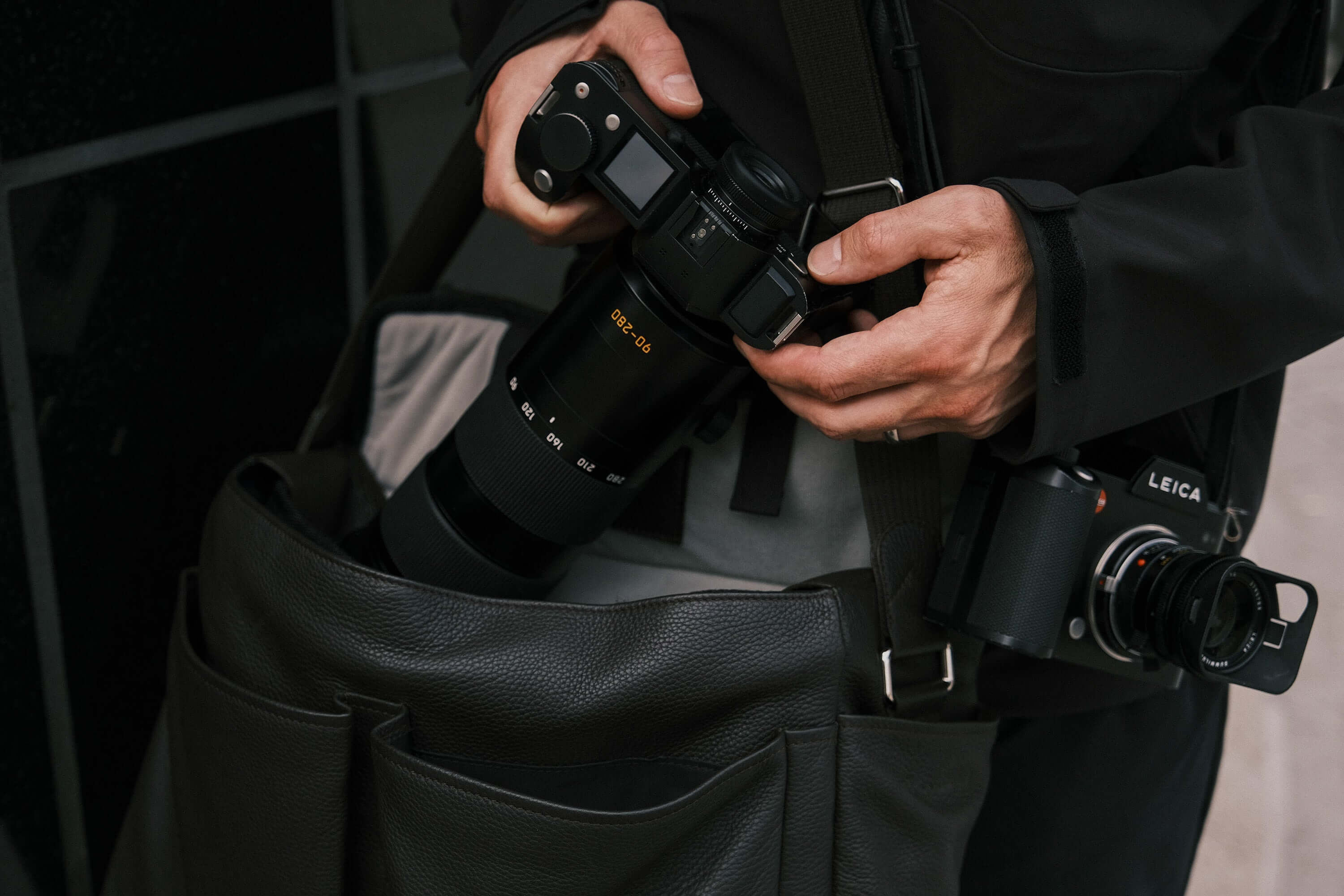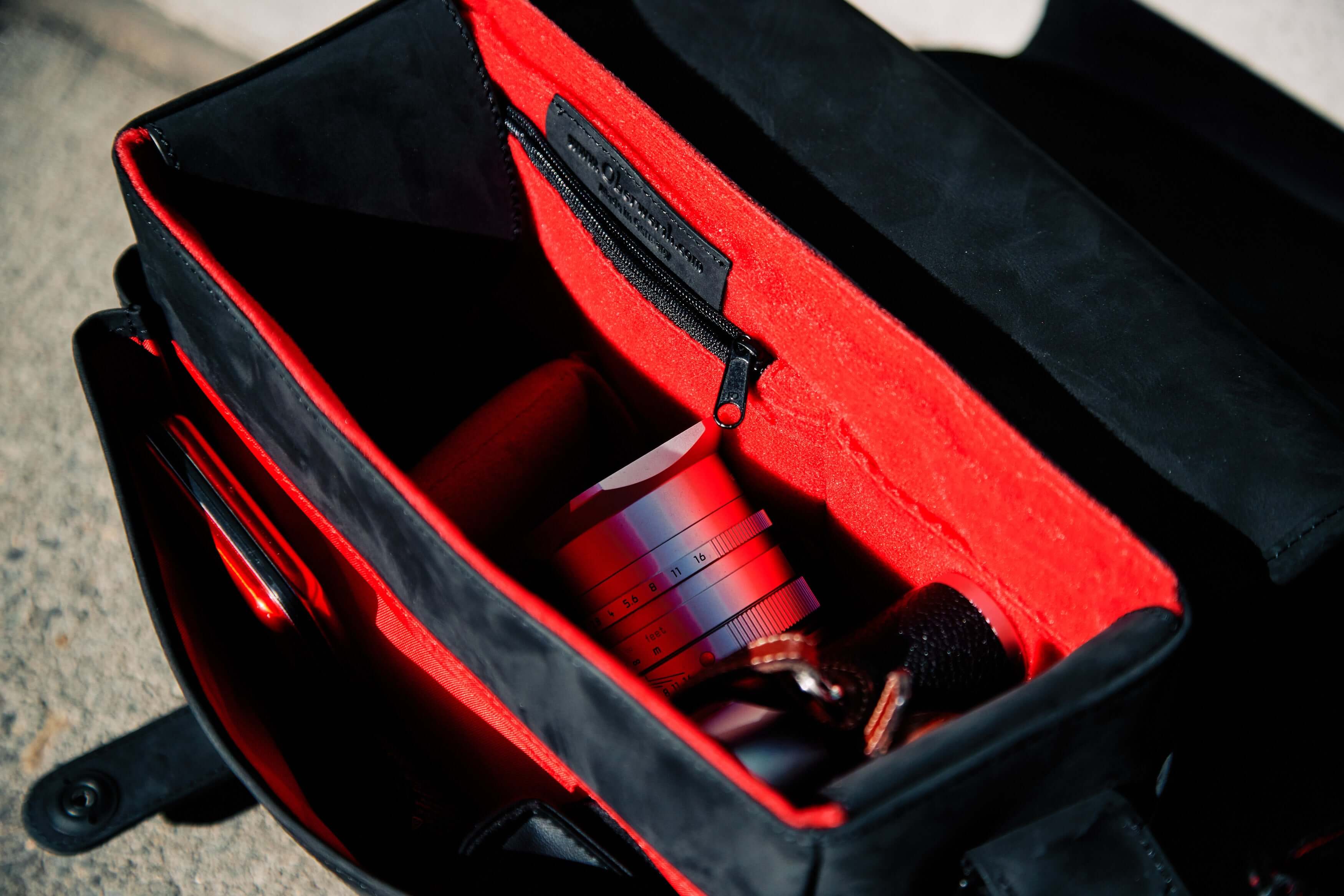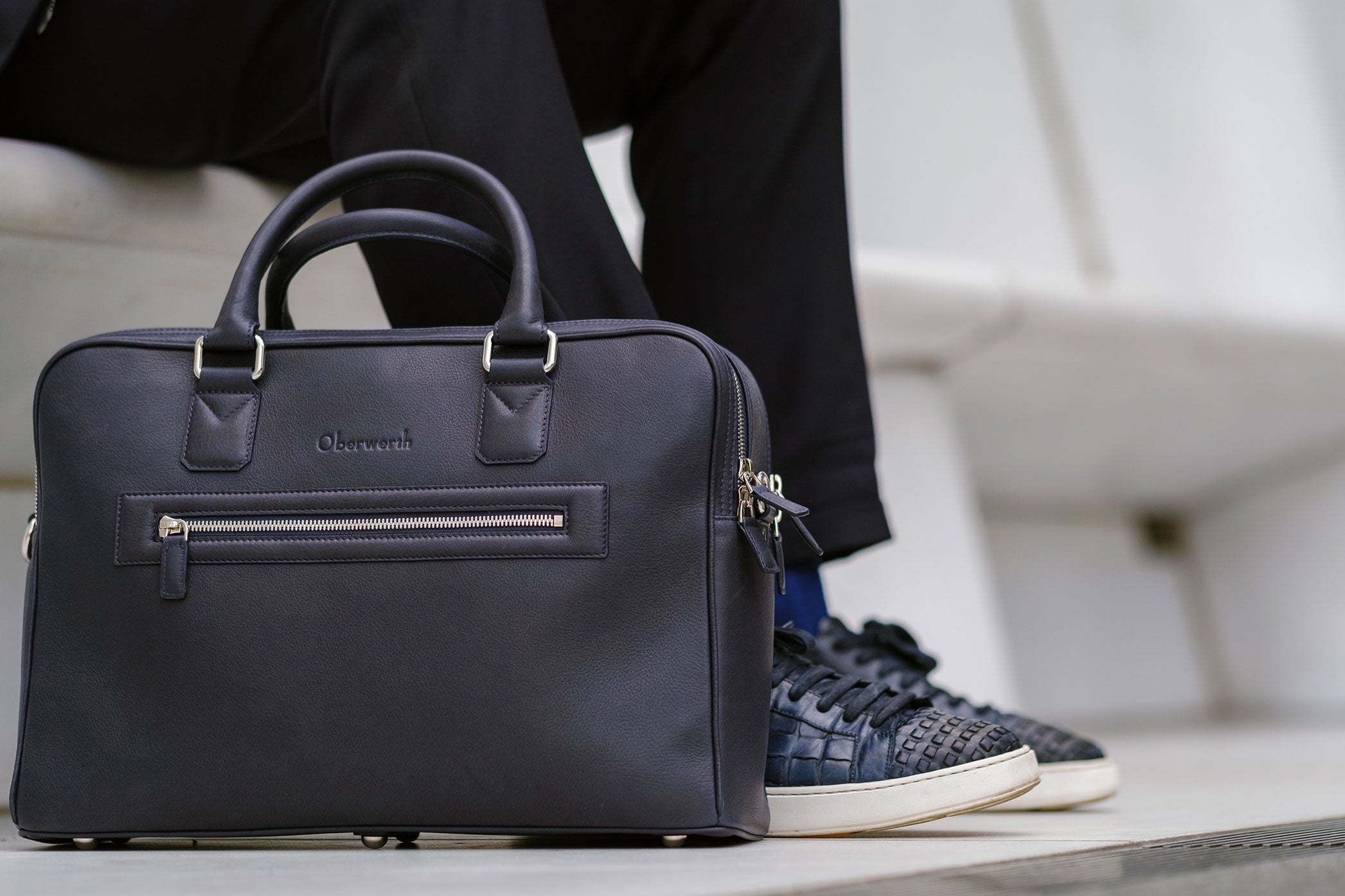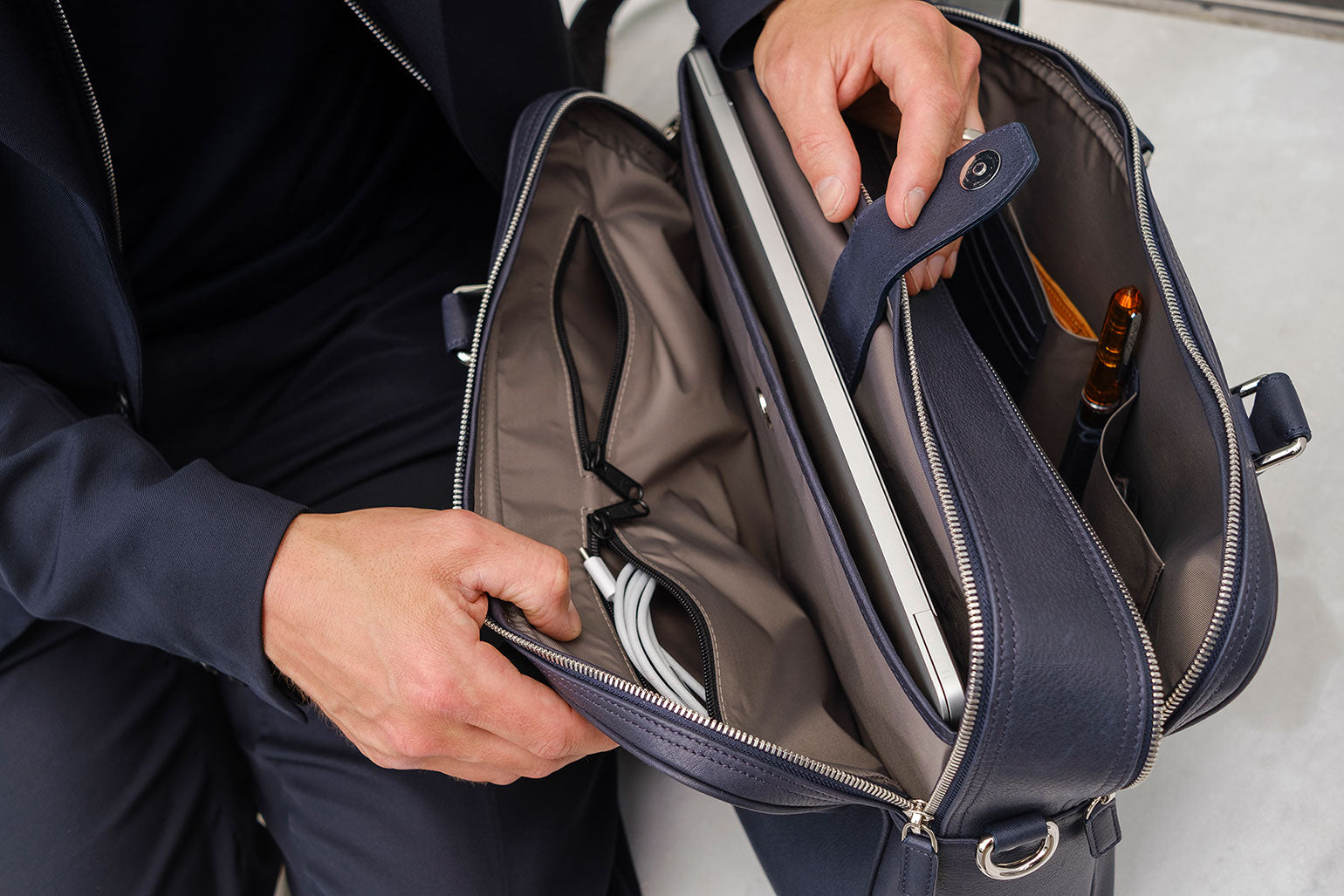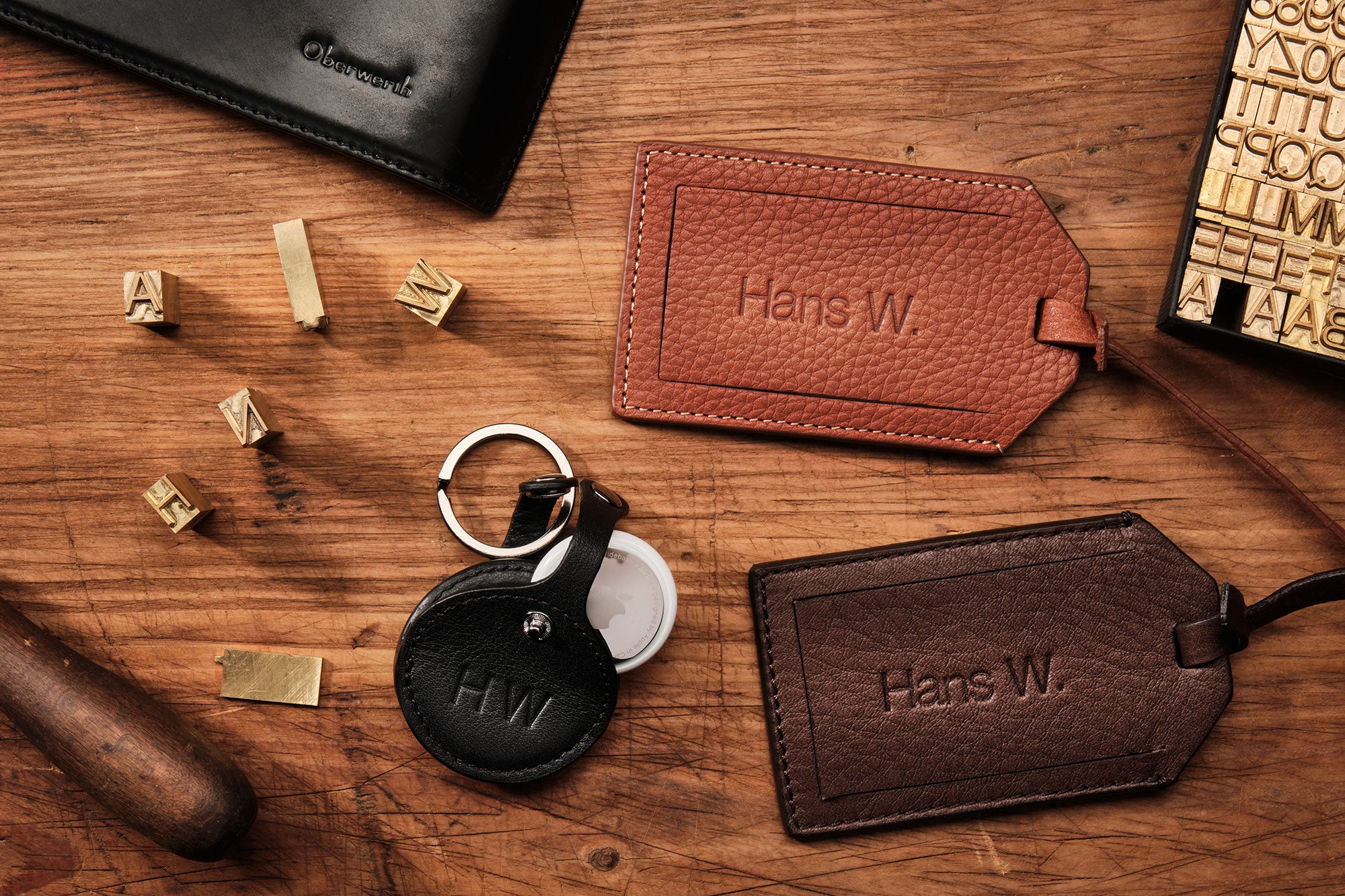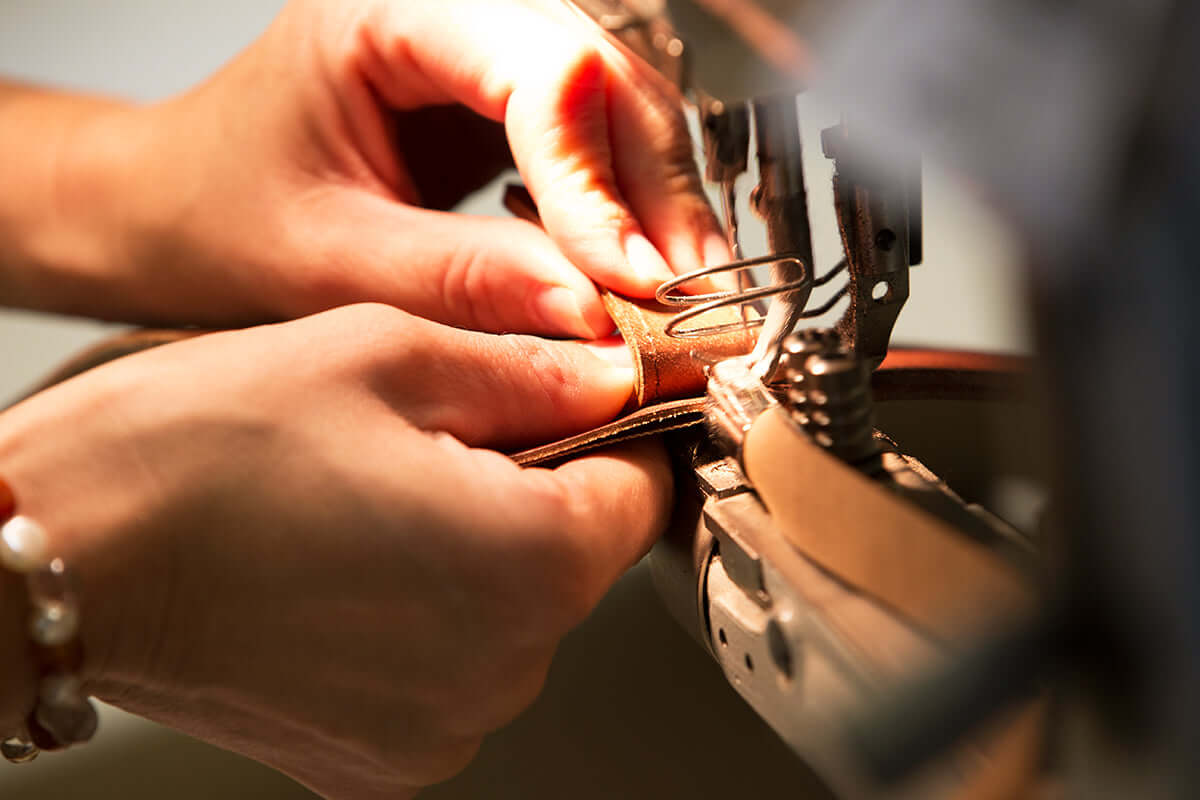
Macro photography with Leica: techniques and lens recommendations
When tiny details take center stage in photos, we are talking about macro photography. This fascinating branch of photography aims to capture tiny things that are often hidden from the naked eye in all their detail.
This is fun - not only to look at, but also to photograph. So it's no wonder that many photographers rave about this discipline of photography. One thing is certain: with a Leica camera and the right lens, you are perfectly equipped if you want to give it a try.
What is macro photography?
Macro photography is about taking enlarged pictures of small objects. Photographers often achieve a ratio of 1:1 or even larger in their shots. This allows impressive insights into the world of small things. Insects or flowers are often photographed as macros, but of course there are endless other motifs.
Choosing the right equipment
In order to be able to take macro photos, you need the right equipment. Not every lens is capable of achieving a reproduction scale of 1:1.
Small details really big - only possible with high-quality lenses
High-quality macro lenses are able to precisely capture small nuances and the finest structures. They enable a razor-sharp image of the main subject as well as a natural and detailed representation of textures, colors and contrasts. High-quality coatings minimize unsightly phenomena such as chromatic aberration and distortion. Investing in high-quality macro lenses pays off with impressive images. With Leica, you are making a well-considered choice.
You can also find the right camera bag for your equipment and everything you need to protect your camera in our Oberwerth Shop. From classic camera bags and modern sling bags to elegant photo weekenders and rucksacks. Of course, you will also find hand straps and shoulder straps here. Finest craftsmanship made from the best materials. Take a look around and find the bags & accessories that best suit you and your equipment!
Which macro lenses does Leica offer?
With the following lenses and accessories, the manufacturer Leica is deliberately targeting macro photographers:
- Leica Macro-Elmar-M 1:40/90mm: It is specially designed for macro photography and offers a focal length of 90 millimeters. This makes it ideal for photographing subjects from a comfortable distance. Like all Leica lenses, it impresses with its excellent optical quality and captures the finest details and textures even at close shooting distances. The lens is compact, lightweight and handy, yet robust enough to prove itself in demanding conditions. Highlights include the natural image reproduction and the soft bokeh.
- Leica DG Macro 45mm f/2.8 OIS: This lens for Micro Four Thirds cameras offers a natural perspective with its focal length of 45 millimeters. It is perfect for close-ups of insects, flowers or other small subjects. One of its strengths is its outstanding optical performance. It captures the finest details with high sharpness and contrast. It also comes with an optical image stabilizer (OIS), which reduces camera shake and enables a more stable shot. Thanks to its compact design and high-quality workmanship, it is a practical companion for close-up photography.
- Leica Macro-Adapter-M: This accessory expands the possibilities of Leica lenses for macro photography. It allows you to focus at short distances, which is a major advantage for macro photography. Thanks to the precise processing, the optical quality of the lenses is retained, while at the same time even more detailed images are possible. The adapter is also ideal for photographers who want to use their existing equipment for macro photography without investing in expensive macro lenses.
It all depends on the photographer's technique
A high-quality macro lens is crucial for successful macro shots - but of course it's not everything. It also depends on how you handle the lens and the camera:
- Exposure: close-up shots can quickly become blurred. It therefore makes sense to choose shorter exposure times here. At the same time, try to make effective use of natural light to achieve a soft and natural illumination. For longer exposure times, it is advisable to use a tripod to avoid motion blur. Of course, this only works with static subjects and not with insects.
- Aperture: If you close the aperture wide - i.e. select a high f-number - you will get more depth of field in the picture. At the same time, you will need more light, otherwise there is a risk of underexposure. For a nice bokeh, open the aperture more, i.e. set a low f-number. However, only parts of the shot will then be clear and sharp. Deliberately control the depth of field by selecting the aperture to focus on the main subject and at the same time create an aesthetic blur in the background
- Focusing: It is best to switch off the autofocus and focus manually. The depth of field in macro shots is often so shallow that the autofocus has problems. Use manual focus to capture the desired detail in absolute sharpness.
This is how macro shots succeed: Tips for practice
We have summarized the most important guidelines for breathtaking macro photos below:
- Choose the right subject. Decide on objects that offer interesting details and textures. This way you can get the best out of macro photography.
- Use a tripod. This will minimize the risk of camera shake. You can also set longer exposure times without getting motion blur in the picture.
- Pay attention to the correct exposure. Macro photography can quickly lead to underexposure. Make sure that the details in the shadows are clearly visible without the highlights appearing too bright. It is advisable to take photos in diffuse light - for example in the afternoon or when the sky is overcast.
- Experiment with the depth of field. Vary the aperture settings to see how the different depths of field affect the overall impression of the image.
- Use artificial lighting sparingly but selectively. The flash offers precise control over light and shadow. But be careful: use diffusers to reduce harsh shadows caused by the flash and unwanted reflections. Never flash directly at the subject, as this creates unattractive and hard shadows.

